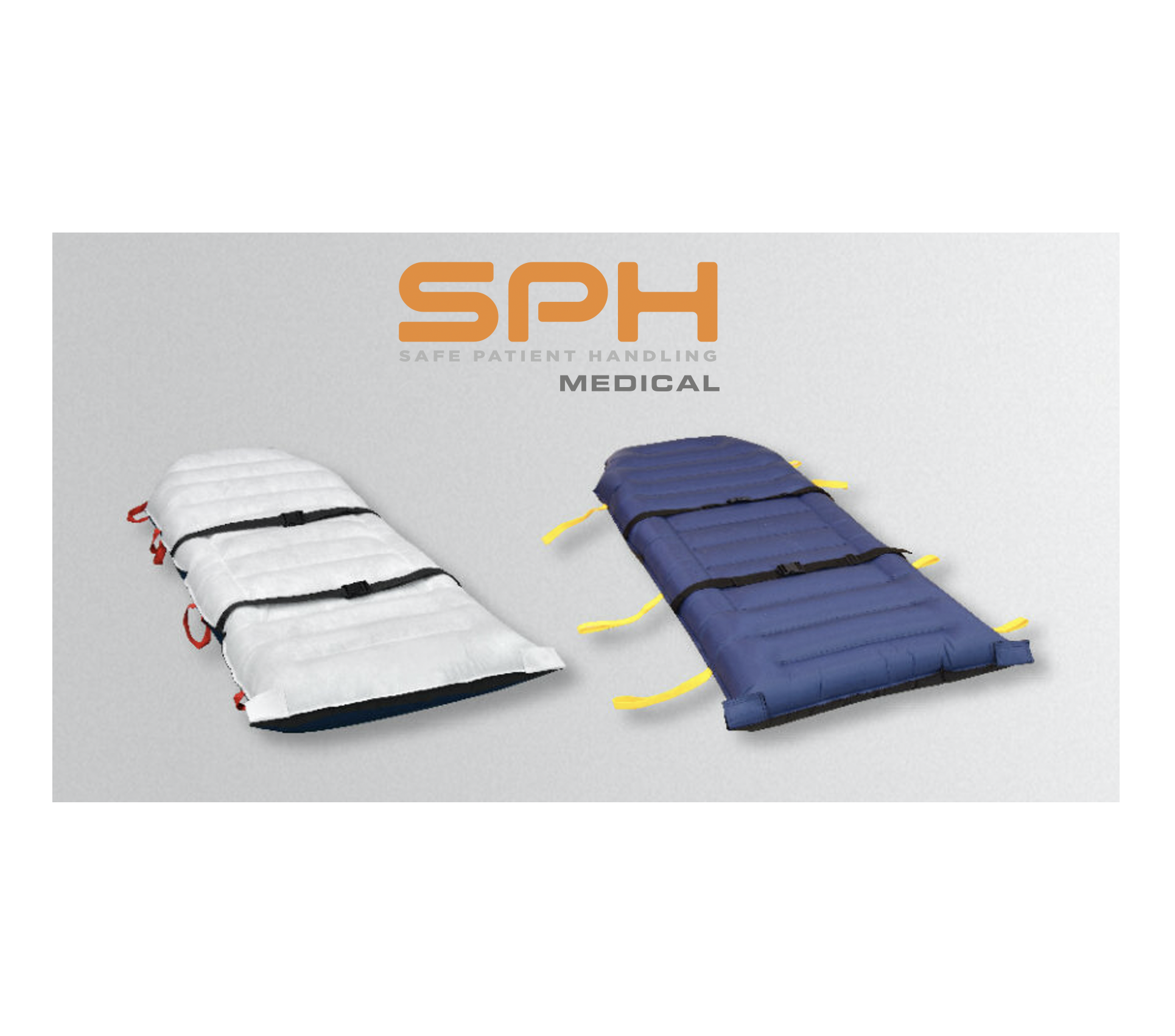Thoracentesis or Pleural Tap
Also known as a pleural tap, it happens when the doctors drain liquid buildup in the pleural space. Doing this enables the medical team to carry out a pleural fluid analysis to determine what might be causing an accumulation of fluids in or around the lungs. The pleural space, located between the chest and the lungs, typically has about four tablespoons of fluid. Various conditions can cause a reduction or increase of this fluid, which can be detrimental to the patient. Initially, carrying out this procedure meant that the patient would be twisted up to allow for the needle to go through. The epidural positioning chair has been a recent advancement for many pulmonologists, ultrasound imaging staff, and patients as well. Understanding what an EPD is and its usefulness will help doctors and patients think alike regarding epidurals, spinal block, and thoracentesis.
Why Do Patients need the Thoracentesis procedure?
Fluid buildup or reduction in the chest cavity can be detrimental to the health of the patient. The surest way of knowing what needs to be done is by carrying out a pleural fluid analysis. Excess fluid in or around the lungs can increase pressure and cause difficulty in breathing. On the other hand, less pleural fluid means that the lungs will not be well supported and can get damaged with time. Some of the main conditions that can cause fluid to build up in the chest are:
- Cancer
- Pneumonia
- Chronic lung disease
- Lung infections
- Congestive heart failure
All these conditions can have dire consequences on the health of the patient. Before the fluid is drained from the chest cavity, the doctors need to know the cause of the build up. Knowing this helps them chart out a course of treatment to prevent further liquid from building up in the patient’s body.
What Is an Epidural Positioning Device?
An epidural positioning device or epidural chair helps the hospital staff position their patient well before inserting a needle into their body. This procedure typically requires that patients sit and lean forward with arms raised without moving for 10-30 minutes. This presents a few challenges for hospital staff. If the patient is sedated before the process it can mean that even more manual positioning and support is required by staff. In general ultrasound techs are working with the patient to prepare them for the thoracentesis procedure. First, the patient is usually seated on a stretcher or exam table. A stool may be brought over to support their feet. Then a bedside table stacked with pillows is often brought over to have the patient lean on with their arms and head. In many cases the table with pillows doesn’t lock properly. It can be a physical challenge to position the patient while at the same time locating the ideal location for needle insertion. Once positioned properly a staff member typically stands by to ensure that the patient doesn’t fall forward or slip off the stretcher. The bedside table solution is not ideal and presents a real risk to patients for falls.
Benefits of EPD
The EPD does has been a major advancement in patient positioning for this procedure. The Epidural Chair which has been used in Labor and Delivery units and Surgery departments to comfortably position patients for Epidurals and Spinal Blocks is now being used for Thoracentesis. The simple concept of positioning patients comfortably in the ideal seated position, leaning forward with arms and head supported really works well for Thoras. Hospitals like University of Virgina Medical Center and City of Hope, just to name a few, are using the EPD every day for Thoracentesis.
- Reduced risk of injury to hospital staff
- Increased Patient Satisfaction
- Improved patient throughput
- Reduced risk of falls
- Improved needle placement
- Supports patients of size up to 600lbs
The SPH Medical Epidural Positioning Chair or EPD is a simple yet effective Safe Patient Handling solution that is easily implemented in any hospital department. Contact SPH Medical for more information or to request a quote.















